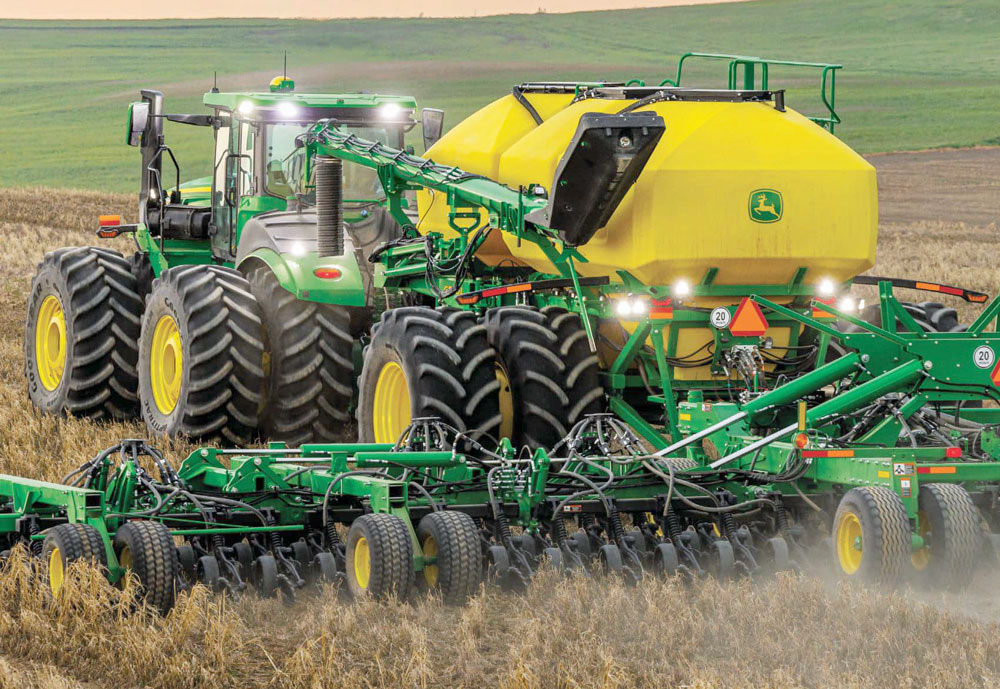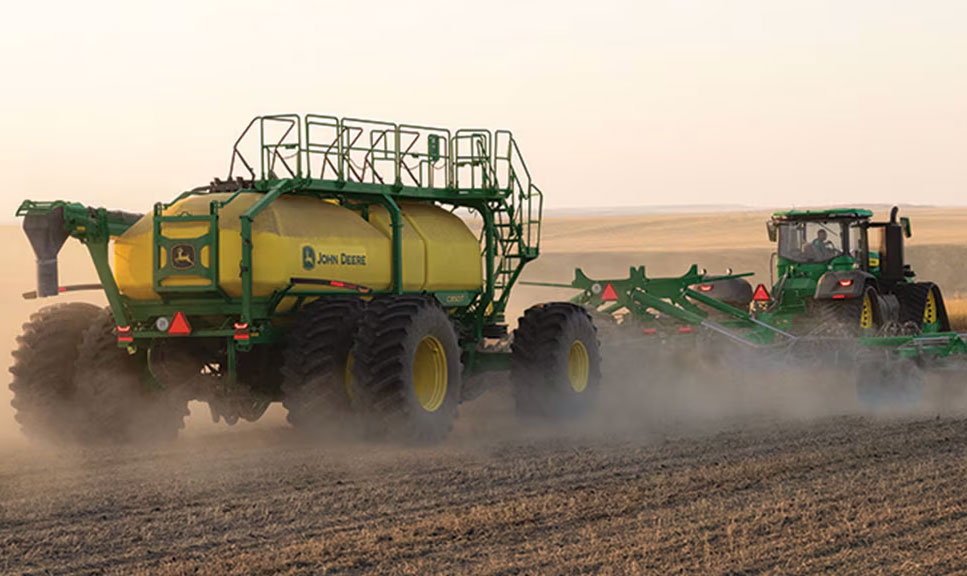For growers to get back significant cash they have put out in a massive spend to plant down a near record crop rain is needed now

Industry analysts have been pretty much on board, suggesting a record winter crop planting for season 2025-26, with estimates as high as 24.9 million hectares, second only to the record set last year at 25.0 million hectares and likely to surpass that level.
And with good soil moisture levels in regions such as northern New South Wales and Queensland, along with southern Western Australia, it was a positive start, as growers threw their weight behind the prospect of a boom season for most crop types.
But the flow hasn’t been as well-timed for many marginal dryland growers who have thrown their lot behind high-season expectations, as average rainfall is missing from the plot.
Fingers are still crossed for a better than an above average result for national winter crop production from the 2025-26 harvest with most pundits settled on just 13% above the 10-year average to 2024–25, for a predicted harvest of 55.6 million tonnes.
Not an ideal result from a near record planting, as it would place the crop at just the sixth highest on the list.
This forecast already takes into account expected production increases in both South Australia and Victoria, despite ongoing dry conditions and following their disappointing results last year.
It will also see a return to more normal conditions in Queensland, New South Wales and Western Australia after last year’s highs.
The 2025-26 winter cropping season has been characterised by highly variable planting conditions across many major winter cropping regions.

How growing regions have fared
Growers experienced extremely dry conditions across southern New South Wales, western Victoria, South Australia and northern cropping regions in Western Australia, where soil moisture levels are extremely low.
This meant that much of the 2025-26 winter crop has been dry sown and will require adequate rainfall during June to allow adequate crop germination and establishment.
Dry autumn conditions appear to have discouraged some growers from committing to their full planting intentions in these marginal regions.
By contrast, conditions have been very favourable in Queensland, northern New South Wales and southern Western Australia where growers have been blessed with above to very much above average early autumn rainfall.
The continued improvement of soil moisture profiles means conditions are in place to provide an excellent start to the germination process and an outlook for a favourable winter cropping season.
According to the latest three-month rainfall outlook, June to August, issued by the Bureau of Meteorology on 22 May 2025, there is a 60 to 80% chance that winter rainfall will be above average across cropping regions in Queensland, New South Wales, northern Victoria and South Australia.
This generally favourable rainfall outlook for June to August, if realised, is expected to support the germination of dry sown crops and may allow for follow up winter crop planting towards the end of the planting window.
Meanwhile, cropping regions in Western Australia have a lower chance of receiving above-average rainfall and may have to settle for between 35 and 50% instead.

Area planted to winter crops
If late sowing doesn’t occur, it is expected there will be a marginal decline in 2025-26 to 24.9 million hectares, 10% above the 10-year average to 2024–25 and the second highest on record.
The increase in area planted to winter crops in Western Australia is likely to be more than offset by falls in Queensland, New South Wales, Victoria and South Australia.
Wheat and barley plantings
Wheat is forecast to fall by 3% to 12.6 million hectares, while the area planted to barley is forecast to increase by 2% to 4.7 million hectares in 2025-26.
The longer planting window for cereals is also expected to result in some late plantings following upcoming forecast rainfall events.
Area planted to canola
Enthusiasm for Canolahas been strong with the forecast of a slight fall of 1% to 3.4 million hectares in 2025-26.
With the reduction in area planted in southern New South Wales, Victoria and South Australia due to dry conditions, almost offset by the increase in planted area in southern Western Australia.
Winter pulse revival
The area planted to winter pulses is forecast to increase by 2% to 3.2 million hectares in 2025-26, driven by increases in chickpea, lentil and lupin plantings.
The area devoted to chickpeas is forecast to increase by a further 2% in 2025-26 to 1.1 million hectares, some 63% above the 10-year average to 2024-25, reflecting high grower returns and a favourable start to the cropping season in Queensland and New South Wales.
The area planted to lentilsis forecast to increase further in 2025-26 to a record 1.1 million hectares, again reflecting high grower returns and the ability for lentil crops to perform better than some other crop types in dry conditions.
Despite a year-on-year fall, winter crop production in 2025-26 is expected to remain above average, with most regions showing an increased likelihood of receiving average to above average winter rainfall.
However, with such a dry start in the southeast and limited subsoil moisture, it will be crucial for forecast rainfall to be realised to meet current yield projections.

Production expectations
- Wheat production is forecast to fall by 10% to 30.6 million tonnes in 2025-26, 11% above the 10-year average to 2024-25.
- Barley production is forecast to fall by 3% to 12.8 million tonnes in 2025-26, 9% above the 10-year average to 2024-25.
- Canola production is forecast to fall by 6% to 5.7 million tonnes in 2025-26, 19% above the 10- year average to 2024-25.
- Lentil production is forecast to increase by 17% to 1.5 million tonnes in 2025-26, 71% above the 10-year average to 2024-25.
- Chickpea production is forecast to fall by 17% to 1.9 million tonnes in 2025-26, with the expansion in area planted expected to be offset by lower yields. This level of production would be 96% above the 10-year average to 2024-25.